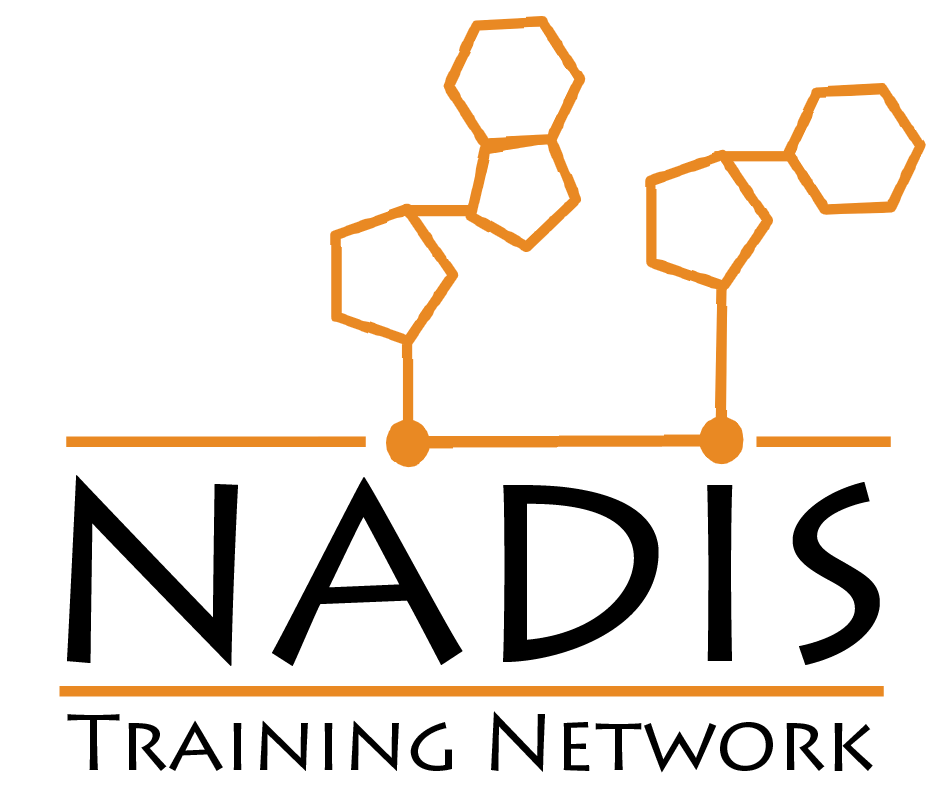Gene expression in our cells is constantly changing, influenced by factors like physical activity, diet, stress levels, and more. These external factors alter the cell’s metabolic state and energy availability, which in turn affects gene expression. But how exactly does cellular energy impact the regulation of genes? A key player in this process is NAD+ (nicotinamide adenine dinucleotide), a molecule whose levels are tightly linked to cellular energy states.
In most tissues, NAD+ levels fluctuate in response to nutrient availability. Interestingly, NAD+ levels also decline naturally with age. These fluctuations in NAD+ influence gene expression by regulating the activity of NAD+-consuming enzymes capable of modifying histones, which are proteins critical to the organization of DNA. Two main families of these enzymes—sirtuins (SIRT) and poly(ADP-ribose) polymerases (PARPs)—are key to understanding how NAD+ shapes gene regulation.
Sirtuins (SIRT)
The sirtuin family consists of seven members, SIRT1–SIRT7. Many of them, including SIRT1, SIRT6 and SIRT7, use NAD+ to control histone acetylation. By removing acetyl groups from histones (a process called deacetylation), sirtuins cause chromatin to condense, making DNA less accessible for transcription factor binding1. This typically results in gene silencing.
Histone deacetylation can also lead to secondary modifications, like changes in both histone and DNA methylation, further influencing gene expression. Beyond histones, sirtuins can also target other proteins, including transcriptional regulators such as p53 and NF-κB, modulating their activity and affecting processes like stress responses, metabolism, and inflammation1. The downstream effects of these changes are complex, involving both the up- and downregulation of their activities on gene expression.
Poly(ADP-ribose) Polymerases (PARPs)
PARPs are a family of enzymes primarily active during the DNA damage response, where they use NAD+ to attach ADP-ribose units to target proteins, including chromatin-associated proteins2. This activity is crucial for facilitating the repair of single and double strand DNA breaks, modulating chromatin structure, and influencing gene expression. Among the PARP family, PARP1 is the most studied and is central to these processes, while other members like PARP2 and PARP3 have more specialized roles.
Beyond DNA repair, PARPs are also activated in response to oxidative stress and other cellular stressors, affecting cell survival and gene regulatory networks. However, excessive PARP activation can lead to NAD+ depletion, impairing other NAD+-dependent pathways, such as sirtuin activity, and potentially driving cell death2. The regulation of PARPs themselves is complex, involving post-translational modifications and interactions with other proteins.
Emerging Areas of Research
Despite the very significant advances in our understanding of how NAD+ influences sirtuins and PARPs, some areas remain underexplored. For example, some research is delving into the potential for other NAD+ metabolites to directly or indirectly influence the activity of these enzymes, as well as of other transcription factors and chromatin proteins, further expanding our understanding of its impact on gene regulation. Also, it must be highlighted that even if multiple reports suggest the potential benefits of preventing NAD+ decline during metabolic and age-related complications, whether this mechanisitically involves specific sirtuins, PARPs or other NAD+-related enzyme is unclear and might be very condition-dependent.
Author: Laurine van Gijn
- Tong Zhang, W. Lee Kraus, SIRT1-dependent regulation of chromatin and transcription: Linking NAD+ metabolism and signaling to the control of cellular functions, Biochimica et Biophysica Acta (BBA) – Proteins and Proteomics, Volume 1804, Issue 8, 2010. https://doi.org/10.1016/j.bbapap.2009.10.022
- Kraus WL, Hottiger MO, PARP-1 and gene regulation: progress and puzzles, Mol Aspects Med., Volume 34, Issue 6, 2013. https://doi.org/10.1016/j.mam.2013.01.005

Leave a Reply